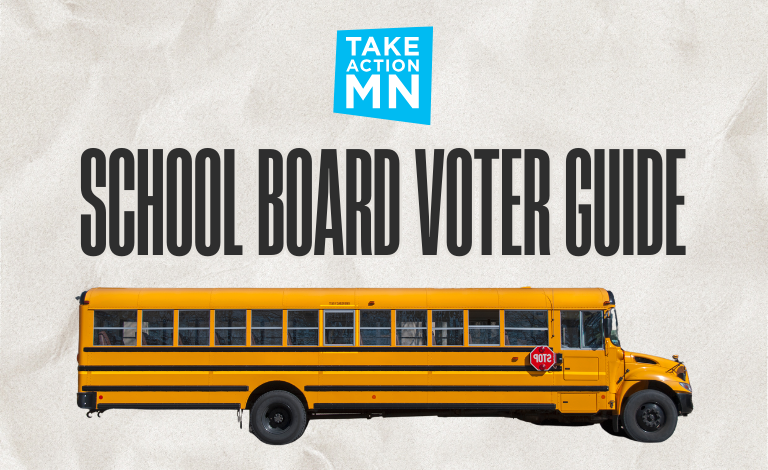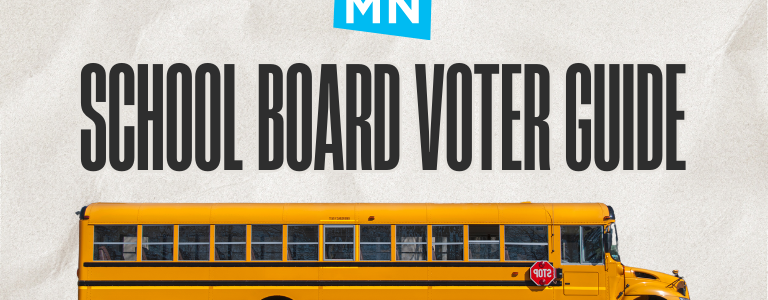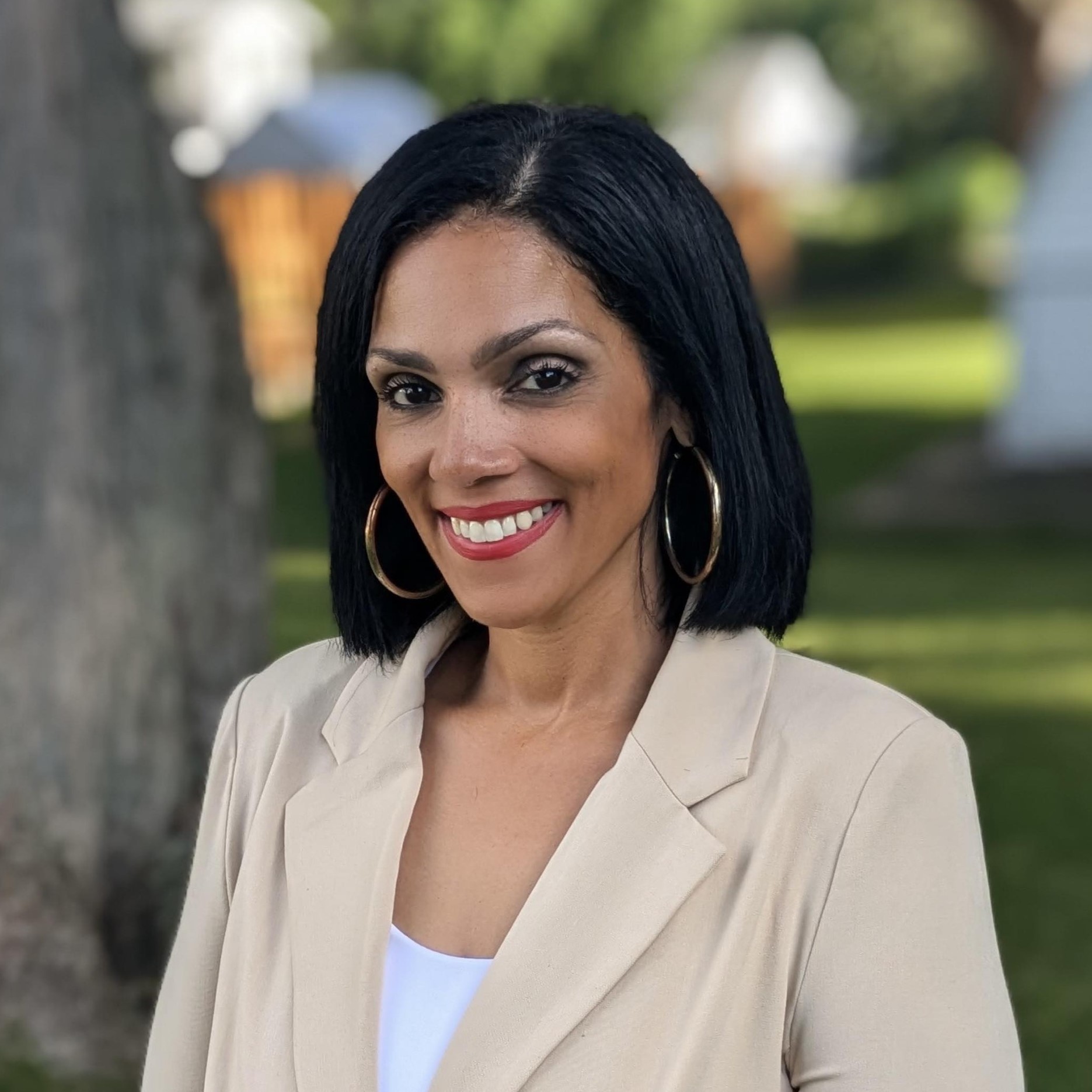
Which school board candidate should I vote for?
“Shoot. I forgot about school board.”
You’re not the only one who’s had that thought while filling out your ballot. Even if you do remember to research candidates beforehand, it can be tough to know which candidates share your values in a nonpartisan race. This page is a tool you can use to be ready to cast your vote.
School Board Candidates Endorsed by TakeAction Minnesota
We endorsed in 7 districts where we know there’s a huge difference between the progressive candidates and their opponents. Where you see multiple candidates listed, that indicates that at least that many candidates can be chosen when you go to vote.
Our 2024 School Board endorsed candidates:
Don’t see your district? With over 300 public school districts in Minnesota, we couldn’t endorse every great candidate. Keep reading for candidate green and red flags, and check out Education Minnesota’s voter resources. Education Minnesota is a trusted partner organization that represents union educators across the state.
GET READY TO VOTE
Early voting: NOW – Nov. 4
Election day: Nov. 5
What to look for in a candidate Vs BIG red flags
 Prioritizes public money for the public good. Prioritizes public money for the public good. |  Prioritizes the input and opinions of private and corporate stakeholders and is unconcerned with public money going to private contracts. Prioritizes the input and opinions of private and corporate stakeholders and is unconcerned with public money going to private contracts. |
 Has a vision for fully-funded, thriving public schools that attract and retain students and educators. Has a vision for fully-funded, thriving public schools that attract and retain students and educators. |  Plans for failure and decline. Plans for failure and decline. |
 Will fight to ensure ALL students are safe and included – across race, gender, and sexual orientation. Is endorsed by organizations like Education Minnesota who have supported inclusive, equitable schools for all students. Will fight to ensure ALL students are safe and included – across race, gender, and sexual orientation. Is endorsed by organizations like Education Minnesota who have supported inclusive, equitable schools for all students. |  Scapegoats LGBTQ+ and BIPOC students and educators, silences and erase broad opinions and experiences. Is endorsed by groups like the MN Parents Alliance, who have a history of attacking LGBTQ+ and BIPOC students and educators. Scapegoats LGBTQ+ and BIPOC students and educators, silences and erase broad opinions and experiences. Is endorsed by groups like the MN Parents Alliance, who have a history of attacking LGBTQ+ and BIPOC students and educators. |
 Understands that teaching about race, sexuality, and the full history of our country is essential for building up students’ sense of belonging, self-respect, and community. Understands that teaching about race, sexuality, and the full history of our country is essential for building up students’ sense of belonging, self-respect, and community. |  Tries to silence students and educators through book bans and fearmongering. Tries to silence students and educators through book bans and fearmongering. |
 Recognizes public institutions like schools are a hub for the whole community and that support services are essential for learning. Recognizes public institutions like schools are a hub for the whole community and that support services are essential for learning. |  Dismisses extracurriculars and support services as non-essential, undermining the huge role public schools play in our communities. Dismisses extracurriculars and support services as non-essential, undermining the huge role public schools play in our communities. |
 Has earned the support of labor unions representing educators and support staff who care for students every day. Has earned the support of labor unions representing educators and support staff who care for students every day. |  Sows mistrust in labor unions, works to privatize school services, and weaken collective bargaining agreements. Sows mistrust in labor unions, works to privatize school services, and weaken collective bargaining agreements. |
 Believes public education must stay public so everyone can access opportunities, care, and a quality education – across race and income. Believes public education must stay public so everyone can access opportunities, care, and a quality education – across race and income. |  Is unconcerned with public resources funding school vouchers and charter schools that siphon money away from children in public schools. Is unconcerned with public resources funding school vouchers and charter schools that siphon money away from children in public schools. |
Why are school board races important?
Especially in recent years, right-wing groups have used school boards to fight for book bans, attempt to silence LGBTQ+ and teachers of color, and try to erode our trust in public schools.
Together, we can push back on those efforts by electing leaders who believe in the greatness and promise of public education.
Instead of planning for failure and decline, these leaders build safe, inclusive schools that attract students and retain educators and union jobs. They push back on privatization efforts that divert resources from our children and recognize that public schools are the keystones of our community.
There are 331 public school districts in Minnesota – and school board members have a huge impact on students, families, and educators in those districts. They are powerful stakeholders in state and local governments, influencing education and funding, employment standards, revenue generation, and even climate policy.













